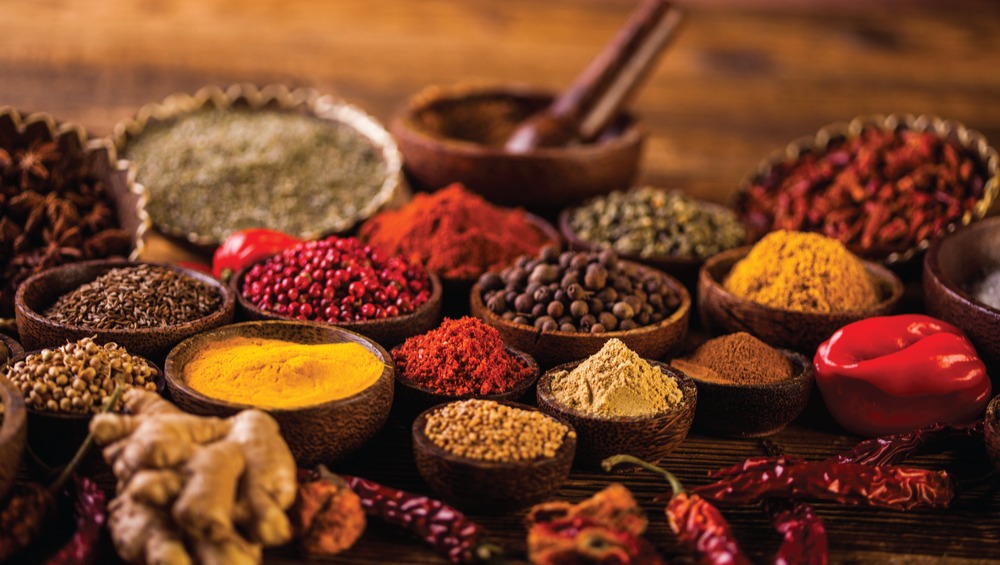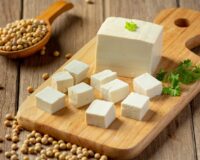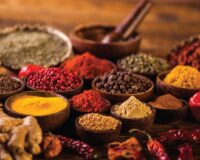Spices are one of the most important commodities in every Indian kitchen and no meal is complete without them. They are derived from different plant components, including bud, bark, root, flower, and fruit. In addition to enhancing the flavor of food, spices are an excellent source of iron, calcium, vitamins B and C, and other antioxidants. Today, they also play a significant role in many medicinal and pharmaceutical industries like cosmetics, aromatic, and perfumery.
Adulteration in spices is one of the most prevalent dangers in Indian kitchens today. With the increase in the use of newer adulterants, it is almost getting impossible to differentiate between adulterated and natural spices. For instance, adulterants such as artificial colors, chalk powder, brick powder, and sawdust can increase the quantity of the substance while blending into the spices swiftly. But such adulterants can lead to anemia, brain damage, stomach disorders, and also cancer. The conditions under which they are grown and harvested can also lead to contamination in spices.
The rate at which adulteration is happening in our country has given rise to serious health problems. So, It is important for you to understand the types of impurities added in different spices and to identify them, if there are any.
Turmeric powder
Turmeric is one of the highly used Indian spices and no Indian food is incomplete without this. It is an integral part of Indian cuisine and is also magical because, since ancient times it has been extensively used in home remedies to cure cold, cough, wounds, and injuries. However, lead chromate, which gives the adulterant a brilliant yellow tint and is insoluble in water, is frequently utilized in turmeric powder. Along with it, you can also find traces of artificial color, Metanil yellow, sawdust, and chalk powder in some processed turmeric powders.
Identification
Adulterant: Lead chromite
Take a beaker and mix turmeric powder with water. If the turmeric powder being tested has been tampered with, it will start to release streaks of water-soluble color.
Adulterant: Artificial color materials (Metanil yellow)
While the other tests for adulteration identification can be done in our homes, this test is more suitable to be conducted only in a lab as it consists of adding hydrochloric acid. Take a test tube and add turmeric powder to it. Now, add 3-4 drops of alcohol to the test tube and shake it vigorously. Then add 10 drops of hydrochloric acid to the test tube and shake it for some time. If the content in the test tube turns pink or violet, the presence of the chemical Metanil yellow is confirmed.
Adulterant: Chalk powder and Sawdust
One of the simplest tests for turmeric adulteration is to mix a teaspoon of the spice with a glass of warm water. Let it alone for 20 minutes without stirring. The turmeric powder is pure if it falls to the bottom of the glass with clear water above, and cloudy water suggests that it may have been adulterated.
Chilli powder
Chili powder is perhaps the most used spice in Indian kitchens and also a highly adulterated one. Chilli powder is abundantly used in exotic Indian dishes as it adds spice, color, and texture to the dish along with an enhancement in taste. Sawdust and brick powder are two of the most commonly found adulterants in chili powder. Also, you can find other impurities like starch, artificial color, and brick powder in various types of chili powder.
Identification
Adulterant: Sawdust and Brick powder
In a glass of water, whisk one teaspoon of chili powder. A red swath of color will separate from adulterated chili powder and settle on the top, if not, the chili powder is free from sawdust or brick powder.
Adulterant: Brick powder and Sand
To test this, rub some chili powder at the bottom of a glass container. If there is any gritty sensation, sand or brick powder has likely been added to the mixture.
Adulterant: Artificial colors like Sudan Red
Add one teaspoon of chili powder to a glass of water and mix well. Change in the watercolor will prove the presence of an adulterant- Sudan Red. Alternatively, sprinkle some chili powder on a glass of water. Artificial colors will leave a colored streak as the particle goes down due to gravity
Adulterant: starch
This again must be suggested to be done in a lab. Add a few drops of tincture or iodine solution to the powdered spice. If you notice a blueish color change, it shows the presence of starch.
Black pepper
Dried black pepper and its powder are also one of the commonly used spices in Indian kitchens. The tiny, dried berries (peppercorns) of the Piper nigrum vine are what are used to make black pepper. Black pepper has the least moisture compared to other spices and it can be stored for many years without losing its flavor and aroma. Black pepper has reportedly been adulterated with papaya seeds, light berries, coffee bean skins, millet, crushed stones, and others.
Identification
Adulterant: papaya seeds and light berries
Add a few peppercorns to a glass of water, cover it, and leave it alone for five minutes.
Natural black pepper is the peppercorn that will settle down at the bottom, while papaya seeds & light berries are the peppercorn that will float on the surface. Hence, if you find peppercorns floating on the top of the surface, you can confirm that it is adulterated.
Adulterant: Crushed stones and Millets
Add a few peppercorns to a glass of water and stir it for a few minutes until it gets properly soaked. Leave it for a few minutes and look at it later. Both crushed stones and millets will settle at the bottom of the glass while the actual pepper slightly remains above them.
Cumin seeds
Cumin seeds, also known as “jeera” in Indian houses are one of the important spice families and are used in almost every vegetarian dish of the Indian kitchen. Strong in flavor and scent, cumin seeds have a bitter, toasty aroma. They have a dark brown color and are often used in India as a mouthwash. Using cumin as a spice boosts the intake of antioxidants, encourages digestion, supplies iron, enhances blood sugar regulation, and lowers the risk of food-borne infections.
In most cases, the pure and natural cumin seeds are combined with grass seeds that have been colored with charcoal dust, sawdust, and starch.
Identification
Adulterant: Grass seed and Charcoal dust
Mix one tablespoon of cumin powder in a glass of water and leave it to sit for a while. The pure spice will sink to the bottom of the glass while the charcoal dust will float on top.
Adulterant: Color-coated seeds
Occasionally color is applied to the cumin seeds to give them a nice sheen and pleasing hue. To identify this, rub the cumin seeds on your palm vigorously for a few minutes. If the resultant colour is light or dark yellow, it suggests that the cumin seeds are artificially colored.
Coriander powder
Dhaniya powder, also known as coriander powder, is a common spice in many types of food in the Indian kitchen. As the name implies, freshly roasted coriander seeds are used to make ground coriander. Coriander powder adds a fresh pop of flavor to any food that is cooked. Along with veg and nonveg dishes, it is also used to add flavor to desserts. The spice is known as a powerhouse of antioxidants as it promotes heart functions and reduces the risk of heart ailments.
Coriander powder is often adulterated with dried dung powder, ash, and husk. Consuming such adulterated and impured powder can cause gas, constipation, and stomach cramps.
Identification
Adulterant: Ash and Husk
This test can be simply done by mixing a tablespoon of coriander powder in a glass of water. Stir it for a while and let it sit out for a few minutes. As both ash and husk powder are lighter in weight, both will eventually float on the surface of the water.
The same goes with the dried cow dung powder as it floats on the surface of the water but not entirely.
Purity Prayag’s pure & healthy spices
Indian foods are never complete without the addition of flavored spices as we (Indians) all have grown up to eat spiced foods that are fully cooked. Before the era of supermarkets, we had the habit of making spices on our own with the help of fresh herbs and sticks in traditional methods that we have learned from our forefathers and grandparents. But today, in the era of modern cultivation methods and packaged foods, it has become really difficult to distinguish between original organic spices from adulterated ones.
Fresh and clean spices not only add aromatic zest and flavor to dishes but also provide numerous health benefits to us. The best way to avoid adulterated spices is to buy from trusted vendors and certified supermarkets that are being checked very often by food license committees and regulatory boards.
Purity Prayag’s spices are 100% natural and fresh. Purity Prayag is committed to providing pure and naturally grown foods that are processed and packed in clean, adulteration-free facilities. Walk into any of our Purity Prayag stores that are located on every corner of the city and experience the difference it brings to your family’s overall well-being.






